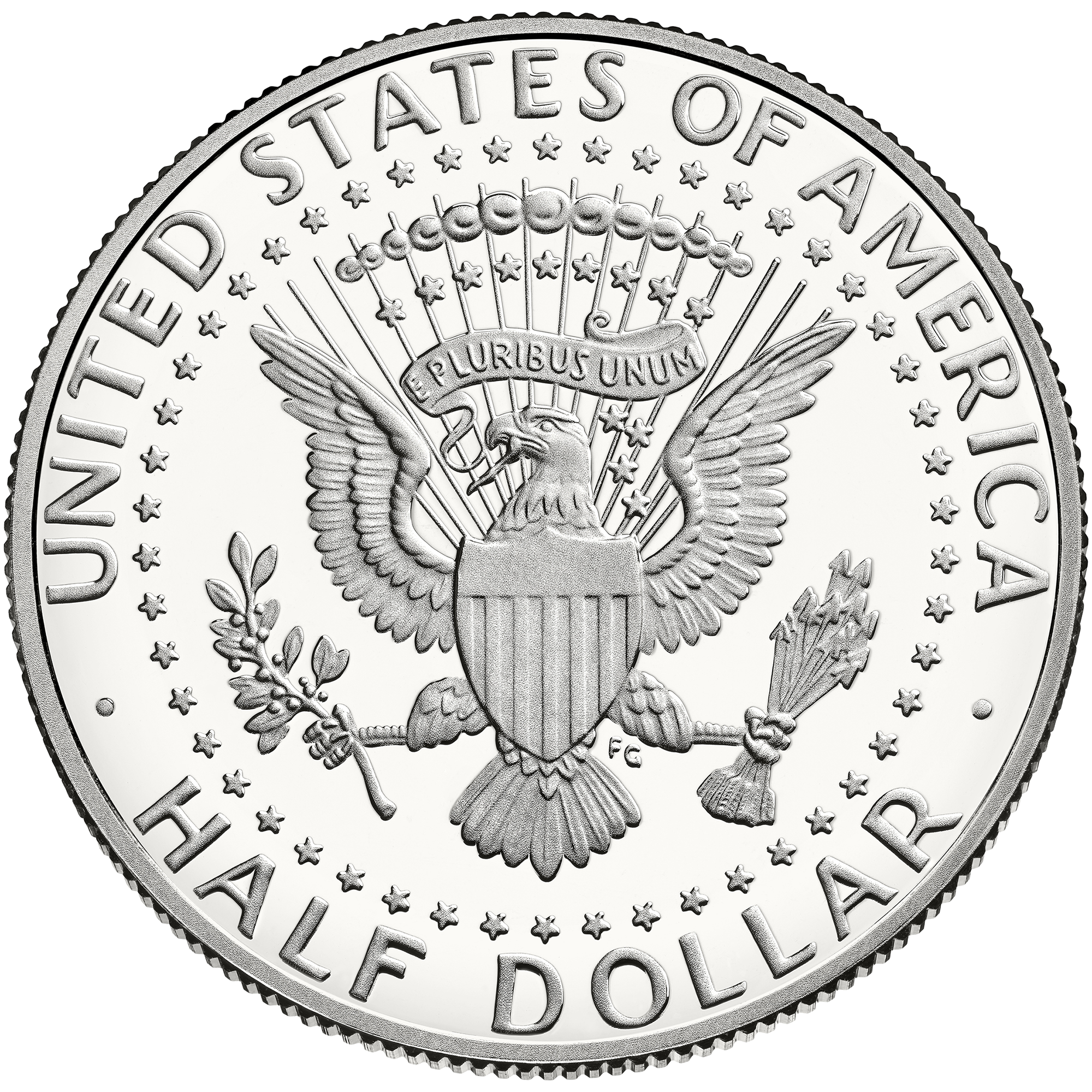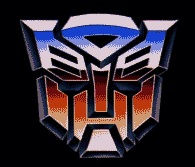 |
| *Picture courtesy of Wikipedia.com |
When John F. Kennedy was assassinated on November 22,
1963, Mint Director Eva Adams was seriously considering changing one of the
bigger denominations (either the dollar, half dollar, or the quarter dollar) to
feature a portrait of John F. Kennedy.
Several days later, Eva Adams called up Chief Engraver Gilroy Roberts
and told him that it was authorized.
Jaqueline Kennedy had expressed that she would love to
see John on the half dollar, her reason was that she did not want George
Washington to be replaced on the quarter.
This was taken into consideration, and was also approved.
 |
| *Picture courtesy of Wikipedia.com |
There was one problem, and it was a pretty big
problem. There are laws on the books
that state that United States coin designs can’t be changed for 25 years
without Congressional approval. The
current half dollar design that was in circulation at the time features Ben
Franklin on one side, and the Liberty Bell on the other (this design was first
issued in 1948, some 16 years before the Kennedy design).
 |
| *Picture of Franklin half dollar |
The good thing is that the new half dollar design passed
with overwhelming support from Congress.
The Kennedy half dollar is still being made, but not many of them are
readily seen in circulation today.
What’s better is that you can find new copies either from a coin dealer
that is in your area, or you can order the coins directly from the United
States mint.
Since there are plenty of Kennedy of half dollars that
can be bought from either the bank or reputable dealers (both in a store
setting and online), you can put together a complete set of coins for not that
much money. There are even people that
look for different die varieties or coins that have errors.








